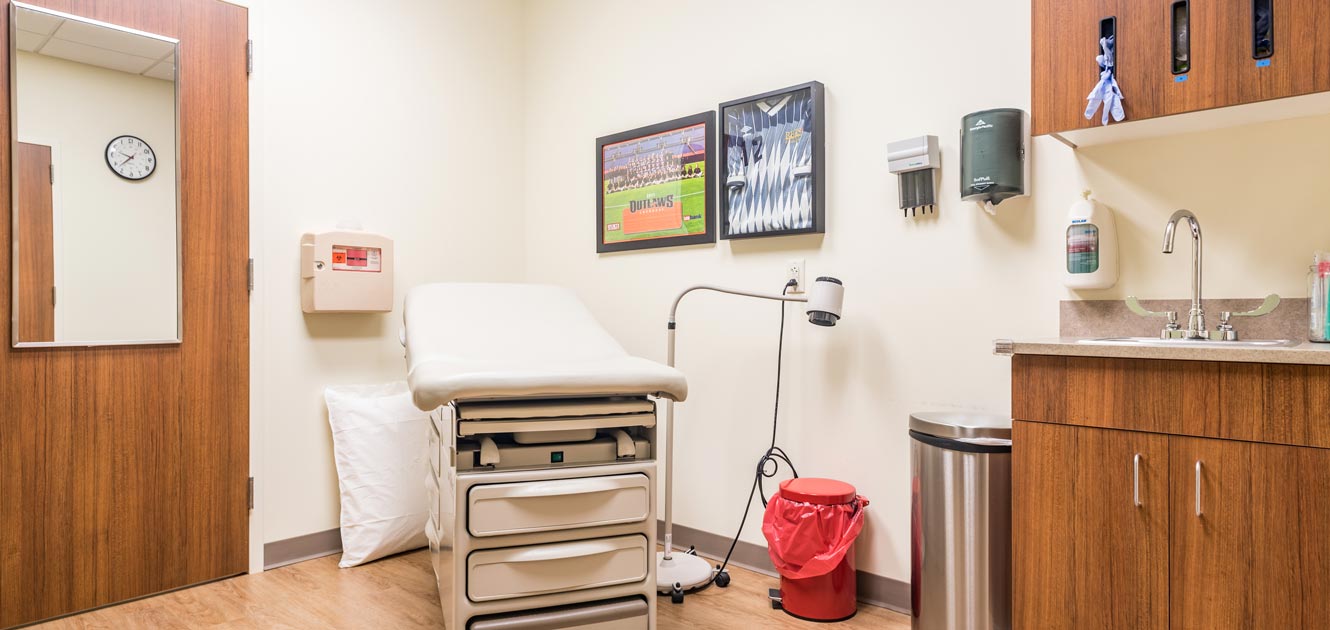As a result of the coronavirus pandemic, the number of visits to the nation’s 223,000 primary care offices quickly dropped between March 1 and April 15, 2020. Specifically, pediatrics decreased 62 percent, adult primary care decreased 49 percent, and obstetrics decreased 45 percent. A significant number of these visits have been replaced by tele-visits with a surprisingly high video visit adoption rate.
Additionally, according to the Primary Care & COVID-19: Week 8 Survey1 with responses from 773 clinicians nationwide, data was uncovered that offers insights into the future of primary care:
- 38 percent of primary care clinicians believe that there will be non-COVID-19 related deaths among their patients after the pandemic ends due to diverted or avoided care.
- Over 60 percent of primary care clinicians believe that some of their patients will experience unnecessary illnesses due to diverted or avoided care.
- Just under a third of primary care clinicians expect to see a dramatic increase in the prevalence of substance abuse among their patients; another quarter expect to see dramatic increases in domestic violence among their patients and 74 percent expect to see an increase in patients with mental health needs.
- 60 percent of respondents believe that policies changed to support primary care during COVID-19 will be reversed once the pandemic lessens. A quarter of respondents say that they anticipate the pandemic will result in “a broken sense of trust between the public and the medical world.”
- 35 percent of primary care clinicians believe that most independent primary care practices will be in jeopardy by the time the pandemic ends. Most believe consolidation will force their peers to join larger organizations or retire.
- Primary care continues to call for a better public health response, but is skeptical it will come. Practices are still lacking PPE (54 percent) and full testing capabilities (54 percent). A full two-thirds say that the country will be opened too early, increasing the harms of the predicted second wave of COVID-19.
- 49 percent of clinicians report that over half of their visits were reimbursable (compared with 34 percent in week 7 and 43 percent in week 6). Still, 70 percent of respondents say they continue to see their patient volume down by more than half compared to before the pandemic.
It is clear survival is the immediate focus for primary care physicians. For example, they have had to make major changes in how they manage operations:
- Most primary care practices are cutting their operating costs by furloughing staff until patient visits are recaptured.
- Some primary care practices (9 percent of survey respondents) are extending their office hours.
- As markets begin to open primary care practices are leveraging technology to accommodate pent up demand:
- 77 percent do tele-visits
- 61 percent offer secure messaging for patients
- 44 percent use an electronic medical record system
- 25 percent offer apps for patient monitoring
- 10 percent offer e-mail consults
Moreover, all primary care practices are:
- Integrating enhanced infection controls in their offices and actively pursuing optimal patient experience scores so preferred payers include them as ‘in-network’ providers
- Engaging with their peers to see how employment relationships with hospitals, insurers or private-equity-backed groups compare
- Looking for better ways to treat sicker, more complicated patients
- Hoping a vaccine for the coronavirus is in place later this year
- Addressing the fears and anxieties of their patients and communities
CARES Act
In addition, primary care clinicians are pursuing interim relief funding through provisions of the CARES Act authorized by Congress March 27, these provisions include:
Direct financial support from Health and Human Services—The CARES Act provides $175 billion to reimburse eligible health care providers, including medical practices for health care related expenses or lost revenues attributable to COVID-19 (i.e. building or construction of temporary structures, property leases, medical supplies and equipment, increased workforce and training, retrofitting facilities and surge capacity). Status: The first $50 billion of these funds has been disbursed. Criteria for future disbursement are being developed. Funds are available.
Paycheck Protection Program (PPP) Loan—This is a fully/partially forgivable Small Business Administration (SBA) loan deployed and originated by private lenders. The maximum loan amount is the lesser of 2.5X the average total monthly payroll costs for eight weeks or $10 million. Proceeds can be used for certain payroll costs, benefits, insurance premiums, interest payments, rent and utilities. Status: Funds are not available from the initial $350 billion outlay (March 27) but funds are still available through banks from the second, $310 billion authorization (April 3). The volume of applications available on first-come, first-served basis has been strong.
SBA Economic Injury Disaster Loans (EIDL) and Loan Advance—The CARES Act expanded the availability of SBA loans and EIDLs up to $2 million. It also provides an emergency grant up to $10,000. The loans can be used to pay for expenses that could have been met had the disaster not occurred, including payroll and other operating expenses. Status: Congress recently authorized an additional $60 billion for EIDLs with $10 billion allocated for the grant/advance and $50 billion for loans. However, the backlog of applications remains problematic.
In addition to relief funds, primary care practices can take advantage of CARES Act provisions that conserve cash flow for medical practices:
- Payroll tax deferral—Employers and self-insured individuals can defer the employer portion of Social Security taxes scheduled for payment from March 27 to December 31, 2020 (specifically 50 percent until December 31, 2021 and 50 percent until December 31, 2022).
- Employee retention tax credit—A $10,000/employee payroll tax credit based on 50 percent of the employee wages in 2020 for companies that did not receive funding through the PPP program.
- Medicare advance payments—These are advance payments for three months based on 100 percent of the prevailing Medicare payment rate. Physicians billing under Part B have 210 days from the date of payment to repay the balance. If physicians do not pay back within 120 days after the date of the initial payment, the Centers for Medicare & Medicaid Services will automatically recoup payments from newly submitted claims until the amount is paid in full.
ERDMAN Takeaway
The COVID-19 pandemic propelled hospitals to the forefront of coronavirus preparedness, testing, and treatment. While emergency rooms and ICUs have been the focus, less attention has been given to the primary care network of offered practices, clinics and programs, as well as the role they play in coronavirus testing and patient care.
While hospitals will be responsible for managing coronavirus populations in the communities where they operate, primary care is the community’s front door for testing and for vaccinations when they become available.
Therefore, we strongly encourage that primary care practices consider two immediate actions:
- PERFORM A READINESS ASSESSMENT: Assess the preparedness of your facility to ensure patient safety and the management of COVID-19 risks. This could include identifying: isolation areas for infected patients, adequate supplies and PPE for testing, standing orders relative to medication management, discharge planning, and follow-up. It is also important to have an increased focus on infection controls, workforce safety, as well as waste and biohazard disposal procedures.
- DETERMINE YOUR FINANCIAL VIABILITY: The CARES Act provides loans/grants that could be used to address primary care needs (i.e. staffing, as well as facility and service issues directly linked to the negative impact of COVID-19 on a hospital’s finances).
Health systems should consider assisting practices in conducting readiness assessments and securing funds. They can also complete applications and attestations, plus monitor compliance with repayment and performance requirements.
If you need any guidance in navigating this uncharted territory, we can help! For additional insights about COVID-19 and providing responsive primary care, contact ERDMAN. We are committed to helping build healthier communities, especially during these unprecedented times.
- Primary Care Collaborative, May 6, 2020, “Primary Care & COVID-19: Week 8 Survey, Primary care practices on their response to the COVID-19 crisis,” https://www.pcpcc.org/2020/05/06/primary-care-covid-19-week-8-survey



